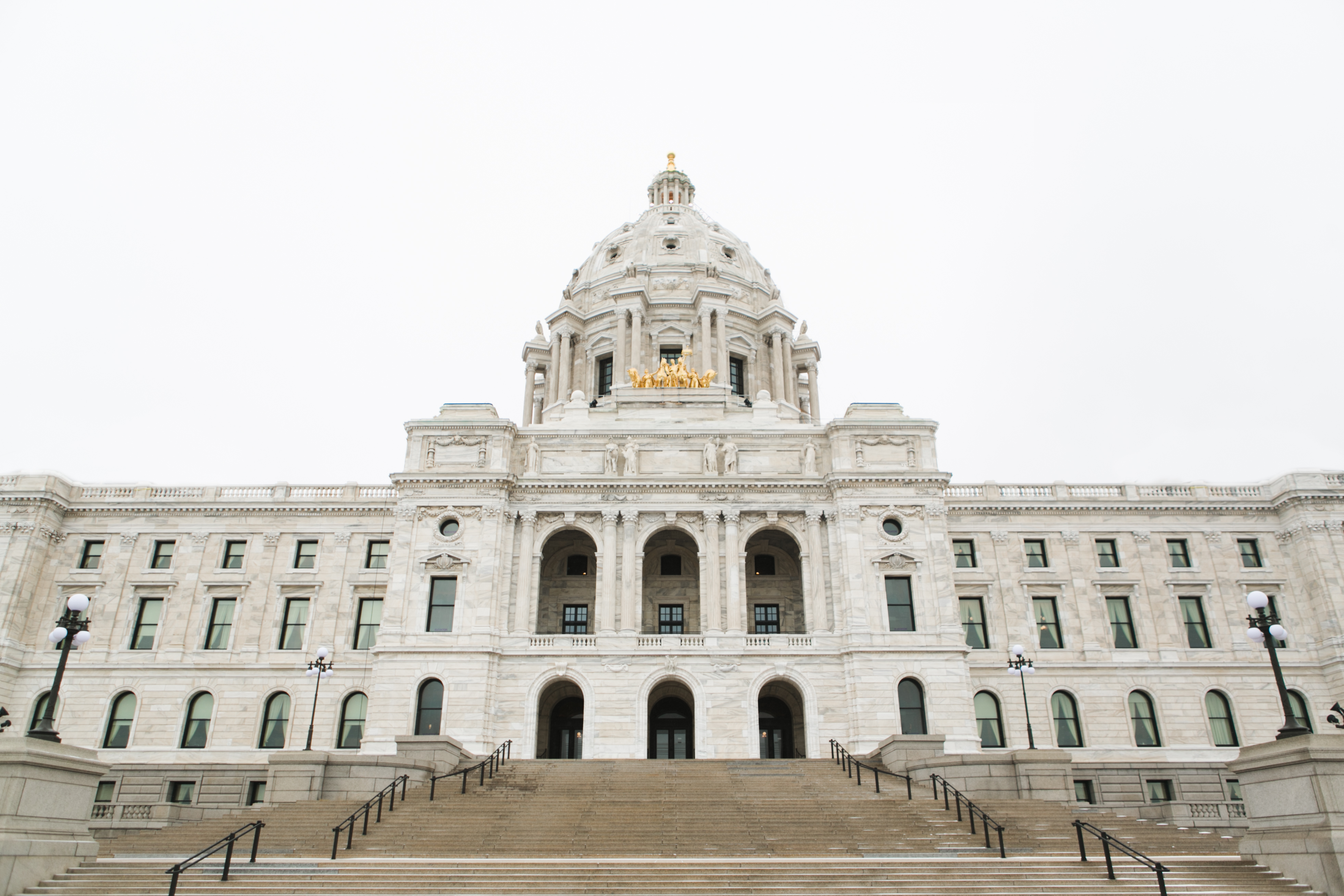After a jam-packed week of moving several major omnibus spending bills through the committee process the Minnesota Legislature is leaving town for their annual Passover/Easter break. They return to business on April 23 and will have just over a month to find an agreement on a two-year operating budget before session ends on May 20.
Upon returning, most of the action will turn to the House and Senate floors where they will take up debate on the major spending bills, including Education, Health and Human Services, Transportation, Jobs, Energy, Agriculture and more. Then it’s on to conference committee.
Divided Legislature
Minnesota is the only state with a divided legislature and the partisan differences are on full display. The Senate GOP budget plan is in stark contrast to that of Gov. Tim Walz and his allies in the new House DFL majority.
The DFL wants new gas tax revenue to pay for transportation projects. They want new corporate tax revenue to be generated through conformity to the federal tax code to pay for their education plans. They want repeal a law that sunsets the provider tax at the end of this year. The provider tax supports the state’s health care access fund to continue.
The Senate GOP thinks there’s enough revenue to work with and wants none of the DFL’s tax agenda.
On policy matters, it’s the same story, from net neutrality, to gun safety measures, to paid family medical leave. The DFL is pushing a progressive policy agenda and the Senate GOP is saying “no” to those proposals as well.
E-12 Differences
Education is no different in terms of stark differences. The House DFL plan includes $900 million in new funding over the current base. The Governor includes $733 million over base funding. The Senate GOP plan has $206 million in new funding over base. The Senate GOP likes to talk about the underlying increase in education funding for the next two years compared to two years ago as a result of the last education budget bill.
You might hear your rural GOP Senator talk about a $1 billion increase in education funding in their plan, but that’s a disingenuous way to do math and it in no way reflects the budget reality school officials are facing. The GOP’s 0.5% and 0.5% basic formula increases would result in budget cuts and attempts at higher operating levies. The House DFL may have to let go of several education policy issues to buy more funding support from the Senate.
Here are links to detailed comparison reports for the provisions impacting education throughout several major bills as we head into the last phase of session:
View side-by-side comparison by key issues.
Learn more about the education policy and funding differences.





